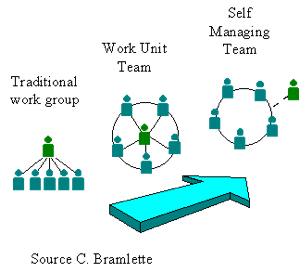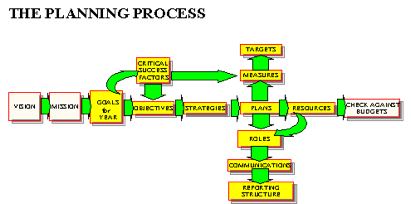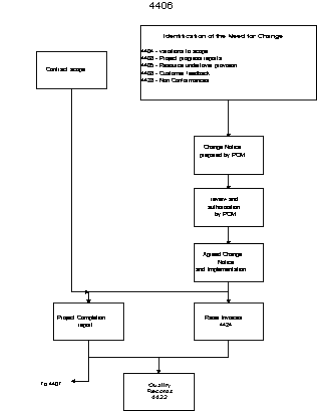Open, Honest and Blame Free Culture
If staff are worried by the consequences of making an error they will be reluctant to declare problems and communication will be closed. If managers are not open and honest about such issues as the financial status of the company staff will not be able to make appropriate decisions when speaking to customers and other outside parties. If there is not an open and honest culture everyone will keep knowledge to themselves because they will see it as a means of protection in the future.
With an open, honest and blame free culture, knowledge will be freely shared and the experienced gained by the team will improve the product and customer relations.
Process Driven Decision Making
Effective decisions stem from a clear process for deriving those decisions.
Identify WHAT : the aim or problem
Investigate, RESEARCH and analyse
Determine HOW to resolve
Actions and PLANS
TEST the solutions and MEASURE the effectiveness
Customers and suppliers included in Team
Traditionally customers and suppliers are seen as external parties. However, the quality of the end product and its profitability can be enhanced by ensuring that the team includes as far as is practical all the "stakeholders". Inclusion of the customer in the team will ensure that the specification is right, inclusion of the suppliers can ensure that processes are optimised across the supply chain.
Facilitation
The role of the facilitator will change according to where a organisation has reached in developing Total Quality methods. In the initial stages the facilitator will need to train and equip others with the necessary Total Quality skills, including the tools and techniques. In the early stages the facilitator will also be required to facilitate specific team meetings, assisting the leader by suggesting a process then helping to steer the members through that process. With time the role should change as many of those in the organisation develop their own facilitation skills. The specialist consultant facilitator is then only likely to be required where there are particularly difficult problems and the process or method are not clear or easy to determine. Facilitation and the related tools and techniques are discussed in more detail in other pages.
Problem solving teams (QIT's)
A QIT (Quality Improvement Team) is like a project team. It should have a clear aim, goal or problem to solve. Ideally the members of the QIT should have a broad range of skills between them and should be of different character to compliment each other. Typical team characters are;
•Team worker
•Resource investigator
•Co-ordinator
•Monitor evaluator
•Implementor
•Specialist
•Completor finisher
•Plant (creative thinker)
•Shaper (decisive - sometimes without sufficient information)
(Information and questionnaires to determine the individual member characters is available from Belbin Associates 52,Burleigh St., Cambridge, CB1 1DJ, UK.)
The QIT requires a leader to act as a champion to drive the work through to its ultimate conclusion. The team should also have a facilitator who should act neutrally and aid the team in following the processes. Larger teams may add a chartist to ensure that the discussion is properly recorded; typically on a flip chart so that all members of the team can follow the recorded work. A team may also include an observer who can watch, listen and report to the team on the way it works. With smaller teams members may take it in turns to fulfill these roles.
It is often useful to create a team charter at the beginning. In its simplest form the team should brainstorm ideas on how it should operate and should then rank and rate the brainstormed ideas to derive a charter which can then be used throughout the life of the QIT as the basis for working. For a more complex problem or aim the charter will need to be formed out of the initial stages of the process and should identify such things as;
•Aim or problem
•Deliverables
•Strategy for resolving the aim or problem
•The plan / actions
•Resources and finance aspects
•The team
•Working rules (eg. Dress, promptness, language etc. at meetings)
Celebration of Success
This can take many forms;
•A simple thank you to an individual member for a task well done.
•An acknowledgment of the success from one team member to the another in front of the team.
•A social event following a success.
•A bonus paid directly in recognition of the success.
Celebration of success should be seen as a key element of motivation.
Business Systems, Business Planning and ISO 9000
Once there is a culture of process driven development of ideas the use of more formalised systems and procedures becomes a natural extension. Without the process driven culture they become a chore without reason. Understanding of procedures and systems is frequently improved with the addition of process flow diagrams depicting the underlying processes. Examples of process flow diagrams are shown below for a business planning process and a typical ISO 9000 procedure.




